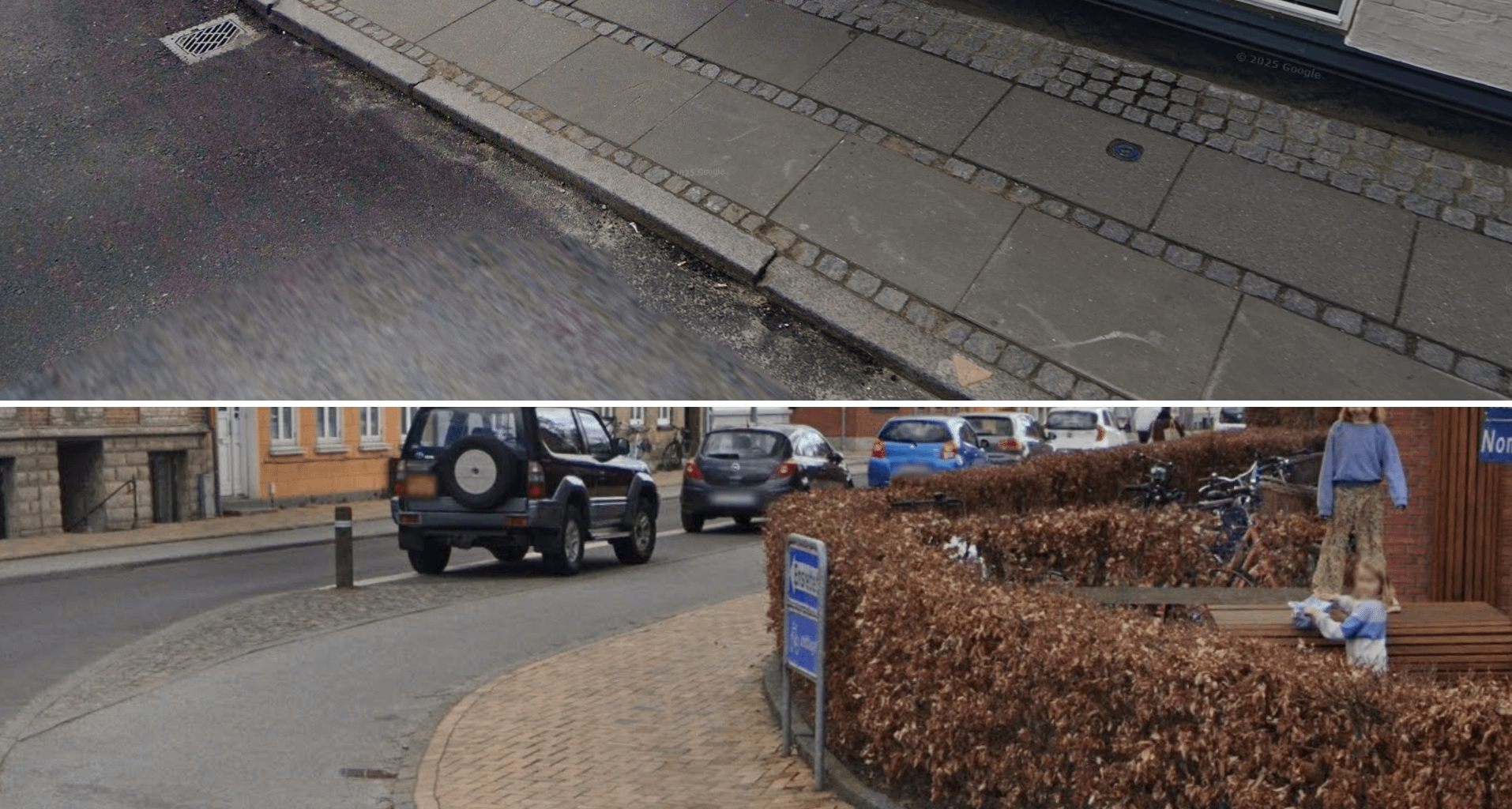
I feel that practially always sidewalks in Denmark are like the top picture (even in pictures from the 1940’s or earlier, so this design decision was taken a long time ago). Large slabs with smaller rectangular stones between them. Except for Odene, that uses these yellowish bricks. Why?
by Double-decker_trams

7 comments
most Danish cities keep the classic three-zone slab-plus-setts because it is tough, cheap to maintain, and forgiving in winter. Odense deliberately uses yellow clay pavers in many streets to express local brick heritage, enable tight geometry and utility access, and create a recognizable city identity while still meeting durability needs.
That’s a rather long story actually. But it’s called Odense-klinker, or more commonly hasle-klinker
Theres actually been attempts to replace them, because they are rather expensive, but everytime it causes a big outroar so they end up not doing it
It’s because they hate rollerskates and people who have difficulty walking in most Danish cities.
Also, some people thinks it looks better white the Chausse stones in the middle, and those people run the parks and roads administration in lots of cities
It’s cheap
It matches the hedge in autumn
Go to residential areas in Greve, there are no side walks at all 😅
Style points
Comments are closed.